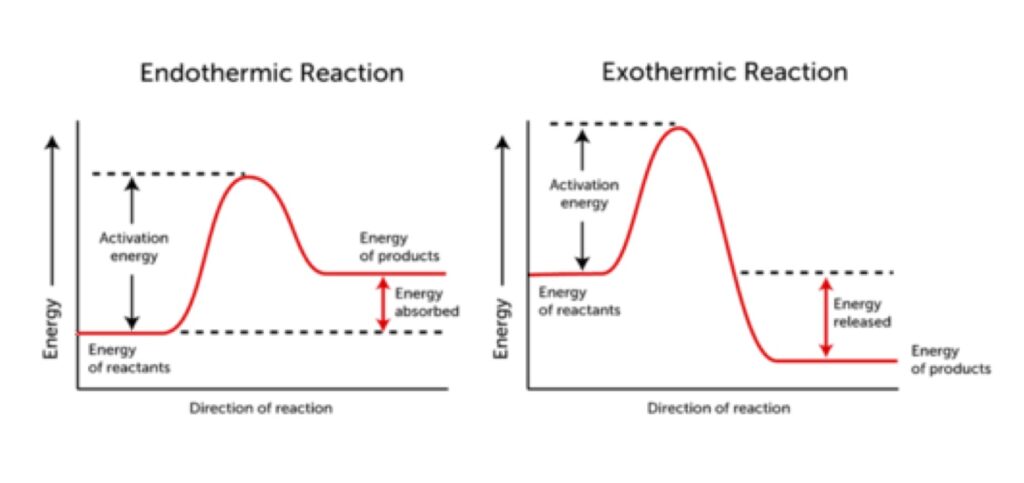Ways of Unfreezing a System and Sparking Transformation

Lewin’s Formula of Change
A basic wisdom of coaching and organization development says: if you feel exhausted from constantly putting energy into a process, you are probably doing the system’s work. And if you are doing the system’s work, the system is not really changing, it simply lets itself be moved around by you. This principle has saved me many times from getting overinvolved when people or organisations are not really ready to change.
Yet, every wisdom seems to only hold part of the truth. Sometimes you need to poke and push a system a bit before it can actually start to change on its own. Organisations need to be “unstuck” (or in Kurt Lewin’s words “unfrozen”) to move out of their comfort zones. What keeps them in their comfort zone can be described as a physical process – water fills the valleys of a landscape to find its dynamic equilibrium – or as a psychological process – people form habits that become their second nature (sometimes, of course, these habits don’t really represent the most sensible way to perform a system’s function, but that’s another story). This conservative nature of systems – whether we frame it as homeostasis or path dependence – is a powerful force in organization dynamics. If we want to overcome it, we need to bring new energy into the game. Lewin has coined the famous equation: for change to happen, the cost of change needs to be outweighed by the product of three factors: suffering (the experience of what’s wrong with the current situation), vision (a taste of what a better situation would look like) and the awareness of concrete steps how to get from one to the other. If one of these ingredients is missing, the status quo will outweigh the energy for change and the system will stay more or less as it is (note: the three factors are multiplied, they don’t work additively, i.e. it is not enough to have more of one and none of the other – all three need to be there).
I find this equation quite helpful when assessing an organisation’s readiness for change: you can sense pretty quickly, which ingredient is there and which one is missing. If you have an abundance of suffering and no vision, people are miserable, hopeless, depressed – and they may go on complaining forever like a frog that is slowly boiled and won’t jump out of the water. In this case, you need to work on the positive images. Don’t start with another problem analysis, start with appreciative inquiry. Don’t let a complaint stand, ask for a constructive alternative: what do youneed and wish for?
On the other end of things, if there is an abundance of vision without suffering, the energy is high and heady. People love to shoot ideas and make great plans but you can tell, some grounding is missing in the conversations. The talk stays conceptual and the plane never takes off. In this case you need to make people discover the pain – in some instances this means making them aware of their own protective postures, sometimes it is about uncovering hidden suffering within the system (usually somewhere in the field, not the boardroom), in yet other cases it is simply the awareness of opportunity costs (we are flying below our potential) or pending risks (we are heading straight into a wall) that needs to be surfaced.
Finally, if there is pain and vision but the third ingredient – clarity on first steps – is missing, things may move ahead, but most likely the maps and strategies used resemble part of the old system with all its limitations, often leading right back into the problem. In this situation our job as organization developers is to offer new paths.
All of these interventions are far from hands off. In some cases they need to be delivered with a firm, even authoritative stance. Who likes to think about visions when they are indulging in suffering? Who likes to look at problems while playing on the swigs of grand ideas? And finally, who likes to give up a good old habit? A benevolent push is what’s needed here. However, the robust initial stance has to switch, once the system is unstuck and a new order emerges on the path towards the focused vision. We cannot push forever, we need to step back and let change unfold. Otherwise, we will end up doing the system’s work.
Lighting a Match
A few weeks back I had a conversation with my colleague Rudi about our longstanding difference on intervention approaches. While I like to work with a light, facilitative touch and favor homeopathic interventions, Rudi goes all in, working the field of micropolitics like a skilled chiropractor. While I am sometimes overly careful and stop at thawing rather than full unfreezing, he may not stop until the soup has come to boil. Boiling systems do all kinds of funny things. In the turmoil of a hotpot, emergent order is pretty hard to detect. That’s why I am skeptical of the “all in” approach.
The case we were discussing involved an organization with over 100 employees in a pretty techy field of work. The process Rudi was driving as lead of a four consultant team was super intense: almost daily facilitated working group meetings on various levels, continuous massaging to tame the anxious leadership, heavy internal marketing for participation of a skeptical employee base and constant recalibrating to keep the process on rails. The experience was a mix of pushing through mud and riding a rodeo. We were sweating a lot. In my eyes, we were doing the system’s work – bringing so much heat into the organisation seemed unsustainable to me and way beyond the point of unfreezing. In response, Rudi introduced the notion of exothermic reactions and compared the intense process interventions to the act of lighting a fire.
I had to dig a bit in my 10th grade chemistry backlog to bring back the context: feeding energy into a system can activate a reaction though which the system either settles in at a higher level, as energy is absorbed (“endothermic reaction”) or at a lower level, as energy stored in the system is released (“exothermic reaction”).

Melting and evaporation represent endothermic reactions: as frozen water absorbs the heat from the sun in spring, it changes its physical state from solid to fluid. The resulting water is warmer and thus has a higher energy level than the initial ice. The chemical process of splitting water into oxygen and hydrogen in order to produce hydrogen fuel is another such endothermic reaction. Inversely, burning and combustion are exothermic reactions: once a matter is exposed to a certain heat level, it ignites and gives off energy in the process. Both, endothermic and exothermic reactions require an initial activation energy – a push.
Projected onto the OD intervention arena, the endothermic approach is about unfreezing the system and thus allowing it a higher energy level to move into new states. In contrast, the exothermic approach is about igniting the system to initiate a reaction in which energy stored within is released as fuel for profound transformation.
In watching our OD process unfold, I am starting to believe that sparking exothermic reactions can indeed be an alternative to mere unfreezing. That said, I am also convinced that working with this approach requires attention to a couple of things: Firstly, we have to be sure that our tools are in order and fit the intervention arena. What if we keep striking a match with a worn head? Or if the sulfur scratcher is actually just sandpaper? Or – even worse – if we are trying to ignite wet wood? We may induce rubbing energy, but nothing will really take off from there. In that case we need to stop and either take a new match, look for another scratcher or try another approach altogether.
Secondly, if an exothermal reaction does take place, it can be explosive. Matches may be quite safe, fireworks, however, ought to only be ignited in the outdoors. Unless you really know what you are doing, and are clear, which kind of energy is stored in the system, you should not trigger it lightheartedly. Moreover, once an ignition has taken place, if you intend to have any part in facilitating the further path of development, you have to be ready to hold on tightly to manage the process and face the possibility of being thrown off in the resulting Rodeo.
I need to think further about the question, if there is an ideal approach for different initial states and trajectories of organisations. Is there a diagnostic case indication for either the endothermic or the exothermic approach or is it just a matter of style preference by change agents and facilitators? Most likely, as usual, it is both. And in both cases the key question is: When do we stop pushing? At which point is the activation energy induced sufficient for the intended reaction to take place? When can we stop blowing as the fire is burning by itself? Blowing too hard for too long is one side of the risk: You substitute the systems work, you sweat and you may find out too late that you are trying to ignite wet wood. Blowing too little can be even worse: Fires die down. In cold air, water freezes over again. A stone that is not pushed far enough, will roll back down the mountain and we have to start over like Sisyphus. We need to recognize the reaction point. Our role at this point is to stay at the edge. To let go of pushing as much as possible in order to give the process space to emerge and unfold while being ready to step in in case it starts to die down or roll back. At this point the key issue is not content but dynamics.

